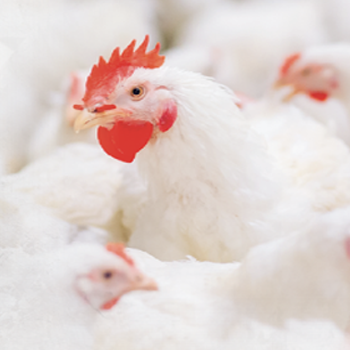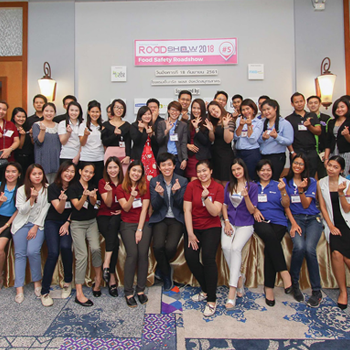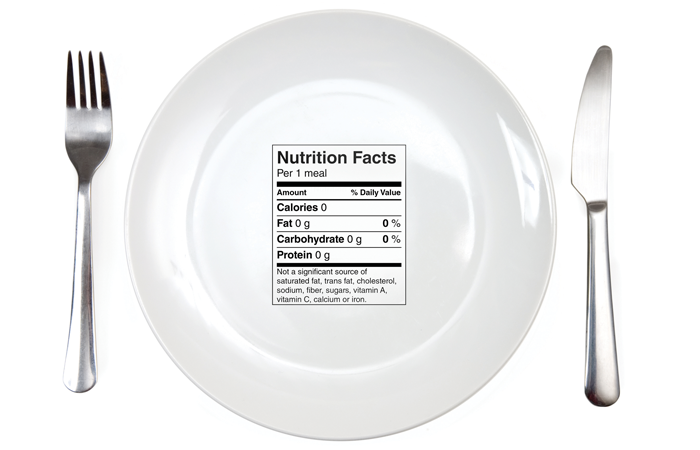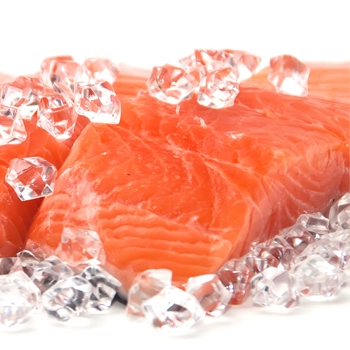แนวปฏิบัติที่ดีทางด้านสวัสดิภาพสัตว์: การแปรรูปอาหารและอุตสาหกรรมไก่เนื้อในประเทศไทย
By: น. สพ.พยุงศักดิ์ สมยานนทนากุล
รองกรรมการผู้จัดการด้านมาตรฐานการผลิตสัตว์ปีก และผู้เชี่ยวชาญสวัสดิภาพสัตว์
บริษัท เจริญโภคภัณฑ์อาหาร จำกัด (มหาชน)
Dr.Payungsak S.tanagul, DVM., MPA.
Doctor of Veterinary Medicine
Charoen Pokphand Foods PCL. (CPF)
ปัจจุบันสวัสดิภาพสัตว์กำลังเป็นประเด็นที่น่าสนใจซึ่งไม่เพียงแต่ผู้บริโภคทั่วโลกเท่านั้น แต่กฎระเบียบ ข้อกำหนด ข้อกฎหมายของคู่ค้าและการค้าระหว่างประเทศต่างก็ให้ความสำคัญในเรื่องนี้เช่นกัน สวัสดิภาพสัตว์เกี่ยวข้องกับอิสรภาพของสัตว์ สวัสดิภาพของไก่เนื้อและไก่พันธุ์ได้พิจารณาภายใต้กรอบความคิดนี้ โดยยึดตามหลักการของสภาสวัสดิภาพสัตว์ในฟาร์ม ประเทศอังกฤษ (Farm Animal Welfare Council; FAWC) ที่รู้จักกันในนาม “หลักอิสระ 5 ประการ” หรือ “5 Freedoms” ดังนี้
1. ปราศจากการหิว กระหาย และการให้อาหารที่ไม่ถูกต้อง – โดยการจัดให้สัตว์ได้รับน้ำและอาหารเพื่อที่จะคงไว้ซึ่งสุขภาพและความแข็งแรงของร่างกาย
2. ปราศจากความไม่สะดวกสบายอันเนื่องมาจากสภาวะแวดล้อม – โดยการจัดเตรียมสภาวะแวดล้อมให้เหมาะสม เช่น ที่พักพิง และพื้นที่พักผ่อนที่สะดวกสบาย
3. ปราศจากความเจ็บปวด การบาดเจ็บ และโรคภัย – โดยการป้องกันหรือมีการวินิจฉัยและการรักษาอย่างรวดเร็ว
4. ปราศจากความกลัวและทุกข์ทรมาน – โดยมีการคงไว้และการรักษาสภาวะแวดล้อมให้เหมาะสม เพื่อหลีกเลี่ยงภาวะเจ็บป่วยทางด้านจิตใจ
5. อิสระในการแสดงพฤติกรรมตามธรรมชาติของสัตว์ – โดยการจัดเตรียมพื้นที่อย่างเพียงพอ จัดเตรียมอุปกรณ์และขนาดของฝูงอย่างเหมาะสม
สวัสดิภาพสัตว์ไม่ได้มีความหมายเพียงแค่การผลิตอาหารอย่างมีคุณธรรมและจริยธรรมเท่านั้น แต่ยังมีผลกระทบต่อคุณภาพของเนื้อสัตว์อีกด้วย ซึ่งแนวคิดนี้ได้ผ่านการพิสูจน์จากผลงานวิจัยทางวิทยาศาสตร์มากมาย งานวิจัยทางด้านสวัสดิภาพสัตว์ได้มีอย่างต่อเนื่องเพื่อพัฒนาให้เกิดความรู้ความเข้าใจในเรื่องของกระบวนการผลิตอาหาร รวมทั้งกระบวนการจัดการอย่างมีมนุษยธรรมทั้งในฟาร์ม ระหว่างการขนส่ง และกระบวนการในขณะเข้าโรงเชือด
Nowadays, animal welfare becomes a concerned issue. Not only consumers worldwide, but also legislation/ legal framework and international trade provoke into the significance of welfare. Animal welfare is relevant to the freedoms of animal. The welfare of meat chickens and breeding chickens is considered within a framework, elaborated by the Farm Animal Welfare Council, UK (FAWC) and known as the ‘Five Freedoms’:
1. Freedom from hunger and thirst – By ready access to fresh water and a diet to maintain full health and vigor
2. Freedom from discomfort – By providing an appropriate environment including shelter and a comfortable resting area.
3. Freedom from pain, injury or disease – By prevention or rapid diagnosis and treatment
4. Freedom from fear and distress – By ensuring conditions and treatment to avoid mental suffering.
5. Freedom to express normal behavior – By providing sufficient space, proper facilities and company of the animals’ own kind
Animal welfare does not mean just moral and ethical food production; it also impacts on meat quality. This is proved by many scientific researches. Welfare research continues to improve both our understanding of processes in the food production chain as well as the more humane systems on farm, during transport and at the slaughter house.









